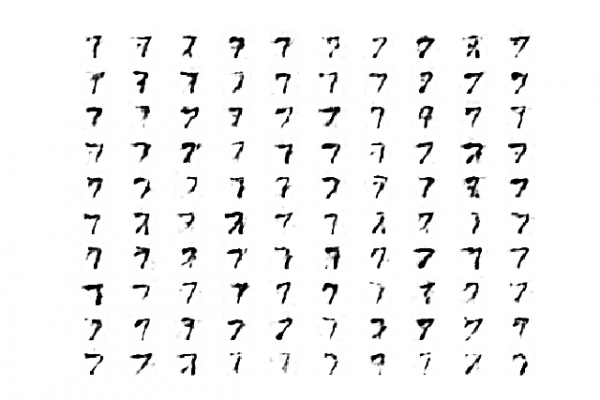How to Develop a Wasserstein Generative Adversarial Network (WGAN) From Scratch

Last Updated on September 1, 2020
The Wasserstein Generative Adversarial Network, or Wasserstein GAN, is an extension to the generative adversarial network that both improves the stability when training the model and provides a loss function that correlates with the quality of generated images.
The development of the WGAN has a dense mathematical motivation, although in practice requires only a few minor modifications to the established standard deep convolutional generative adversarial network, or DCGAN.
In this tutorial, you will discover how to implement the Wasserstein generative adversarial network from scratch.
After completing this tutorial, you will know:
- The differences between the standard deep convolutional GAN and the new Wasserstein GAN.
- How to implement the specific details of the Wasserstein GAN from scratch.
- How to develop a WGAN for image generation and interpret the dynamic behavior of the model.
Kick-start your project with my new book Generative Adversarial Networks with Python, including step-by-step tutorials and the Python source code files for all examples.
Let’s get started.

To finish reading, please visit source site